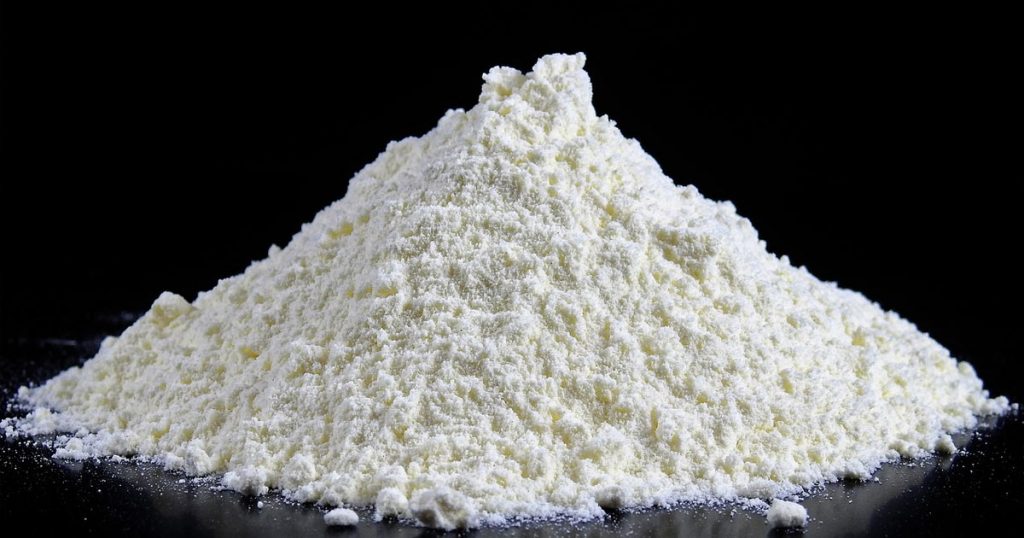Flour is such a common ingredient in the kitchen that we forget that there are different kinds of flours, with different health benefits. Flour is obtained by grinding cereals like wheat and maize. Every flour has its own characteristics, uses, and benefits.
Contents of Different Flours
Plain or refined flour undergoes a commercial process, utilizing hard and soft wheat. It is made into self-raising flour by adding salt and leavening agents. Whole wheat flour is obtained from wheat kernels, using the whole seed, except for a part of the bran. It contains more bran than wheat flour, and more fiber because it is less refined. Whole wheat flour contains nutrients like proteins, minerals like iron and zinc and vitamins.
Rice flour is made by finely grinding de-husked, white rice. Therefore, it is mainly starch. It also contains niacin and phosphorus.
Bengal gram flour is made from lentil and is gluten free. It contains protein and carbohydrates, as well as minerals like folic acid, calcium, zinc, and potassium.
Different kinds of millet yield flours. The small, white millet grains of the sorghum plant are used to make white millet flour, which is low in gluten and fat, and high in potassium and protein. Black millet flour is made from the small round grains of black millet and is rich in protein, iron, zinc, calcium, magnesium and folic acid. Red millet flour contains iron, protein, and calcium.
Whole soya beans are roasted and ground to produce soy flour. It is high in protein content, as well as vitamins A and B, calcium, iron, zinc and fiber.
Health Benefits of Different Flours
Refined flour loses the fiber and other nutrients during the refining process, so it does not have health benefits.
Whole wheat flour is rich in fiber, which performs a number of functions like controlling cholesterol, sugar and high blood pressure. Moreover, it boosts digestion and alleviates constipation.
White millet flour is useful in high blood pressure, due to its potassium content. Black millet flour is nutritious because of its contents, as well as its alkaline nature; it alleviates acidity problems. Red millet flour is also nutritious, especially for growing children, pregnant women and the elderly.
Soya flour provides many nutrients, boosts levels of iron in the body and builds strong bones. The high fiber content helps to regulate blood sugar and blood cholesterol levels.
Lesser-Known Flours
Among lesser-known flours is water chestnut flour, used mainly by the Chinese in south-east Asia, and containing starch and calcium. Buckwheat flour has more iron than other flours, protein, calcium, and fiber. It is good for building bones. The seed of the amaranth plant yields flour which contains protein, iron, and calcium. Flour is also made from rye, tapioca, potato, and oats.
Uses of Different Flours
Different flours have diverse culinary uses.
- Flour is used to make bakery products, white sauce, a coating agent (for items like fritters), Indian breads and sealing agents for deep fried snacks. Self-raising flour is used for bakery products.
- Apart from bread and rolls, whole wheat flour is used to make varieties of Indian breads and snacks, and dessert items.
- Rice flours plays a major role in Asian cuisine, especially South Indian cuisine. It is used for making “Indian bread” and pancakes and as a thickening agent.
- Bengal gram flour is widely used in India to make snacks, sweets and even as a beauty ingredient.
- Millet flour is used to make Indian bread and snacks.
Different flours made from cereals contain nutrients like vitamins, minerals, and fiber. Consequently, they have health benefits like controlling sugar, blood pressure and constipation. They are used to make different items like snacks, Indian bread, and desserts.
Disclaimer: The information contained in this article is for educational purposes only and should not be used for diagnosis or to guide treatment without the opinion of a health professional. Any reader who is concerned about his or her health should contact a doctor for advice.
Sources:
- Dalal, Tarla, “Know your flours”, Sanjay and Co. Publishers.
- The Prepared Pantry. (n.d.). “A primer on flours.“.
- Asian Online Recipes (n.d.). “Different types of flour.“






